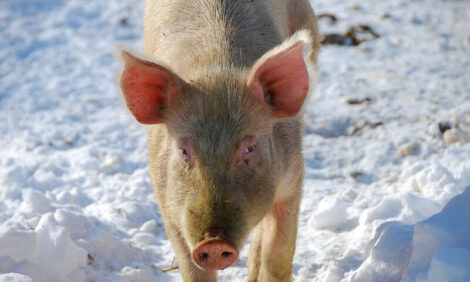



US Swine Economics Report
Regular report by Ron Plain on the US Swine industry, this week discussing the surprisingly high numbers of sows slaughtered. Ron Plain
|
Sow slaughter has been surprisingly high recently. During the last 16 weeks (April 24 through August 12), U.S. sow slaughter totaled 988,207 head. That is 54,930 (5.9%) more sows than during the same period last year. The number of sows slaughtered during this period equals 16.3% of USDA's June 1 breeding herd inventory. This is the third highest share of the breeding herd slaughtered during these weeks during any of the last 10 years.
At this point in the hog cycle, one would expect sow slaughter to be low as producers expand the breeding herd. After all, this month is the 31st consecutive profitable month for the average farrow to finish operation. If the futures market is close to right, producers have another year of profits ahead of them. Many hog farms are in the best financial shape of any time this decade.
The increase in sow slaughter is not due to more Canadian sows coming south. The number of sows and boars imported for slaughter from Canada during these 16 weeks was 6,158 head fewer than during the same 16 weeks last year and 7,656 fewer than in 2004.
So what gives? In part, the big year-over-year increase in sow slaughter is due to very low sow slaughter last summer. But, this year's sow slaughter rate is high compared to most years, including those when hog producers were losing money.
It could be that disease problems and a hot summer are causing producers to cull their sow herds more closely than normal.
Most likely, the increased sow slaughter is being offset by increased gilt retention. But, the ratio of barrows to gilts in the gilt slaughter sample data does not indicate a higher rate of gilt retention during May-August this year compared to last.
In a little over four weeks, USDA will report the results of their latest swine inventory survey. At this point, it looks like the September breeding herd will be no larger than it was on June 1.
ThePigSite News Desk








